NUTRITION
Learn more about the connection between food waste and climate change.
How does food waste impact climate change?

- The agri-food system and climate change are interlinked and affect each other.
- The agri-food chain affects the environment through greenhouse gas (GHG) emissions, as well as using large amounts of water and land.
- GHGs are emitted when forests are cleared to make way for farms, ruminant animals digest feed, fossil fuels are used to transport and operate farm machinery, and waste is disposed of in landfills.
- Animal products have the largest carbon and water footprints, while plant foods are a much more sustainable alternative.
- Although the highest emissions occur during production, in developed countries much of the food is wasted at consumer level.
- The winter holidays are the time of year when we tend to buy, cook, eat and waste a lot of food, but this year we can make small changes to reduce our negative footprint.


According to the same study, if the entire world adopted the diet of rich countries (high-calorie, meat- and dairy-rich), GHG emissions would increase by 135% and water consumption would increase by 47%. However, this does not imply that the entire population must become vegan. Dietary adaptation must consider not only environmental impact, but also location, culture, accessibility, nutrition, and personal preference. A flexitarian diet, based mainly on plant sources, may include modest amounts of animal products. The so-called ‘planetary health diet’ recommends a maximum consumption of 98g of red meat (pork, beef, or lamb), 203g of poultry and 196g of fish per week. There is enough research to show that excessive consumption of red meat and processed meat is also harmful to the human body, so we should eat at least 125g of dried beans, lentils, peas, and other nuts or pulses per day to meet our protein needs. It is critical to consume more fruits and vegetables, as well as wholegrains, and to maintain a varied diet to obtain all the nutrients we require.

after Poore and Nemecek)
A 'greener' winter holiday
HAVE YOU EVER THOUGHT ABOUT THIS?
We’re used to associating affluence with wealth, and Christmas is one of those times when we buy and spend in excess. Regardless of the category, we might try to buy and waste less, whether it’s electronics, clothes, or food.
In addition to the carbon footprint of production, our food continues to emit GHGs especially when it ends up decomposing in landfill. In the European Union, 20% of all food produced is lost or wasted, with 70% of this happening in households. If we were to integrate all the food wasted worldwide into a ranking of the largest emitters of GHGs, it would rank 3rd, after the US and China.
Food waste is not only a waste for the environment, but also for each of us. A study by Food Waste Combat shows that in Romania we spend around 40% of our income on food, of which 33-50% ends up in the bin. Basically, out of 3 shopping bags, at least one is useless.

In the BBC News article: Climate change food calculator: What’s your diet’s carbon footprint?
Written by Nassos Stylianou, Clara Guibourg and Helen Briggs, the authors state that, according to recent scientific studies, avoiding meat and dairy products is one of the biggest ways to reduce your environmental impact. Switching to a plant-based diet can help fight climate change. But what is the difference between beef and chicken? Does a bowl of rice produce more climate warming greenhouse gases than a plate of chips? Is wine more environmentally friendly than beer?
To find out the climate impact of what you eat and drink, choose from one of the 34 items in our calculator and pick how often you have it. https://www.bbc.com/news/science-environment-46459714
All figures for each food in the calculator are global averages. If you cannot view the food calculator, click to launch the interactive content. Design by Prina Shah, development by Felix Stephenson and Becky Rush.
- RO Agricoltura biologica – Download the PDF.
- EN Agricultural aid is humanitarian aid – FAO
Hrana sustenabila – Download the PDF.
FAO helps farmers around the world to strengthen their resilience in the face of emergencies
